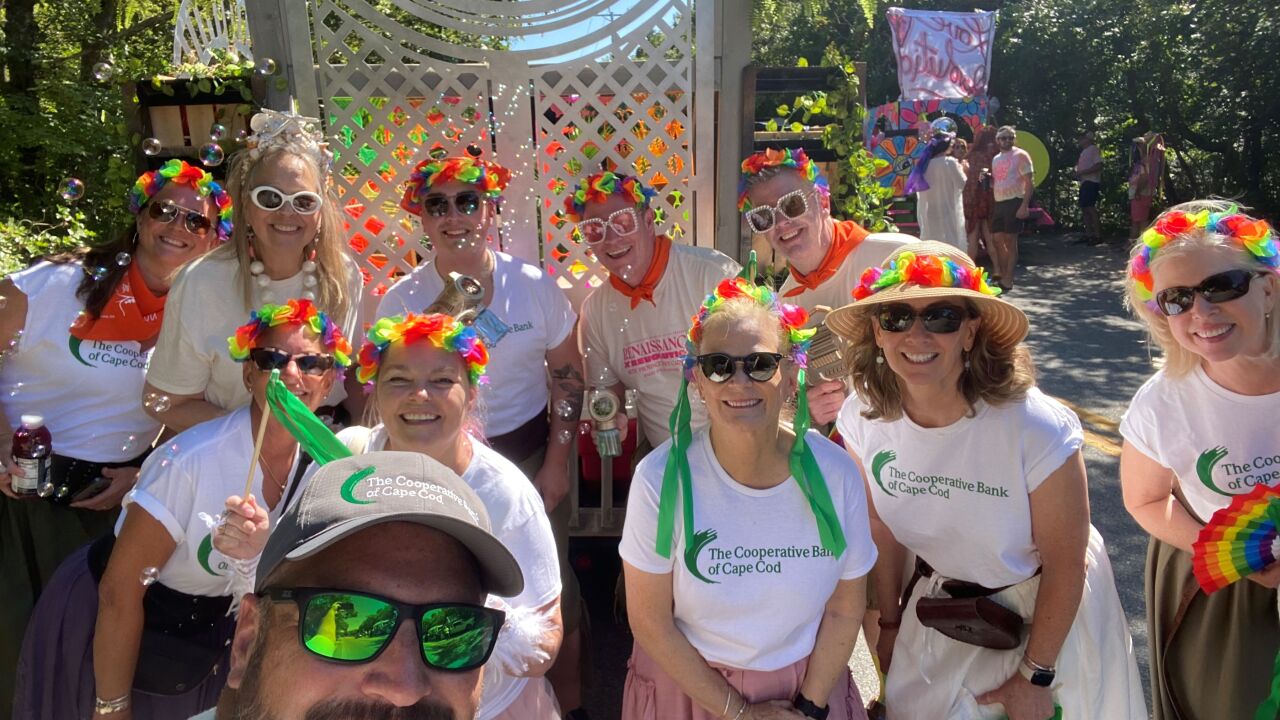Want unlimited access to top ideas and insights?
Bankers have a message for Robinhood Financial about its new checking and savings account products — not so fast.
Robinhood on Thursday announced its new banking products, each of which pay 3% interest. Consumers’ deposits would
The fintech’s announcement raises numerous concerns that regulators should examine, said Chris Cole, senior regulatory counsel for the Independent Community Bankers of America. It could be seen as deceptive that Robinhood is using the terms banking, checking and savings, he said.
“This is supposed to be a brokerage account, but they’re running around making it look like a banking account,” Cole said.
It is especially concerning that Robinhood “does not sufficiently explain the difference between SIPC protection and FDIC insurance,” Cole said.
The SIPC does not fully guarantee a depositor’s entire original investment plus interest in the event of the failure of a brokerage. Instead, the SIPC reimburses investors the value of their funds on the day of the insolvency.
The ICBA has not yet contacted the SEC or other regulatory agencies with its concerns, Cole said.
However, Stephen Harbeck, CEO of the SIPC, said he contacted the
Jack Randall, a spokesman for Robinhood, declined to comment. Meanwhile, an American Banker interview previously scheduled for the company's headquarters on Friday was canceled.
Robinhood was founded in 2013 by Vladimir Tenev and Baiju Bhatt. It is best known for its no-fee stock trading platform. The fintech has received venture capital backing from a long list of sources, including funds associated with Joshua Kushner, the brother of White House adviser Jared Kushner, and with the rapper Jay-Z, according to the investor data service Crunchbase.
Robinhood is
“SIPC insurance covers your checking, savings and investments. Your cash and securities in Robinhood are protected up to a total of $500,000 by the SIPC, $250,000 of which can be in cash, the rest in securities,” Robinhood says in the h
Banking groups took very close notice of how Robinhood worded the description of its products.
“Consumer trust is critical to the safety and soundness of the banking system, and that is why it is so important that consumers have clear and accurate information about deposit insurance,” Sarah Grano, a spokeswoman for the American Bankers Association, said in an email. “We appreciate any effort by regulators to clarify when deposits are fully insured and when they are not, and the need to respond quickly to misrepresentations.”
Robinhood met with the Office of the Comptroller of the Currency earlier this year, according to a source familiar with the matter.
Some fintechs have considered, but later dropped, the process of applying for an OCC fintech charter, Joseph Otting, comptroller of the currency, said on Nov. 29.
“There were probably 250 fintech companies that thought they wanted to be a bank,” Otting said. “But as people started to realize what it took to be a bank, that you had to have capital and liquidity and policies and procedures and risk management, often that is completely the opposite of what a fintech company is, which is quickness to market.”
It is unclear whether Robinhood was one of those 250 companies.
It may find it tough sledding to remain a broker-dealer while entering the banking business without a bank charter.
Because Robinhood is a broker-dealer that is marketing its checking and savings accounts as banking products, it is likely that some state banking regulators will examine how the products are structured, said Barry Hester, an attorney at Bryan Cave Leighton Paisner.
“Many state laws will have an exception for a registered broker-dealer to engage in banking activities, but only if it’s incidental to their brokerage business,” Hester said.
But if Robinhood’s checking and savings products are not considered to be incidental to its overall securities business, Robinhood runs the risk of being considered an “unlicensed banking business,” Hester said.
Robinhood has said it plans to launch the checking and savings accounts early next year.
Rachel Witkowski contributed to this article




